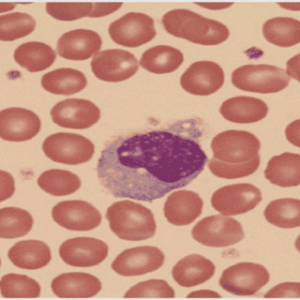(Downloads - 0)
For more info about our services contact : help@bestpfe.com
Table of contents
First Chapter: General introduction
1. The implicit costs of choosing
2. Feeding preferences and individual levels of choosiness
3. Variation of choosiness
4. A growing interest for the use of biocontrol agents in agricultural fields
4.1. Agronomy general context
4.2. Alternatives to the use of pesticides products
5. Carabids beetles as biological control agents of weeds in arable fields
5.1. Seed of weeds predation by carabids
5.2. Possible source of variation in granivory rates.
5.3. Feeding guilds co-occurring in the wild
6. The brief aims and summary of this PhD
7. Building an experimental methodology to assess change in levels of choosiness in foraging carabids
7.1. A laboratory controlled experiment that uses olfactory cues to simulate interference risk in the place of live carabids
7.2. Choice of the carabid species used in tests
7.3. Choice of a valid metric to evaluate the variation in level of choosiness
Second Chapter: Is individual level of choosiness modified by predatory and competitive interference in carabid beetles: a case study using the granivorous carabid beetle Harpalus affinis
1) Introduction to chapter II
2) Article 1
Abstract
A. Introduction
B. Methods
C. Results
D. Discussion
E. Acknowledgements
F. Supplementary materials
3) Chapter conclusion
Third Chapter: Effect of the diet of a carabid species on its level of choosiness for seeds when foraging under intraguild interferences
1) Introduction to chapter III
2) Article 2
Abstract
A. Introduction
B. Methods
C. Results
D. Discussion
E. Conclusion
F. Acknowledgements
G. Supplementary materials
3) Chapter conclusion
Fourth Chapter: Effect of individual personality traits and immune defences on the level of choosiness.
1) Introduction to chapter IV
2) Article 3
Abstract
A. Introduction
B. Methods
C. Results
D. Discussion
E. Acknowledgements
F. Supplementary materials
3) Chapter conclusion
Fifth Chapter: Consistency of the behavioural adjustment to predation risk in more complex, and potentially realistic, spatiotemporal conditions – the effect of the intensity of the risk and seed preference on individual level of choosiness
1) Introduction to chapter V
2) Article 4
Abstract
A. Introduction
B. Methods
C. Results
D. Discussion
E. Acknowledgements
F. Supplementary material
3) Chapter conclusion
Sixth Chapter: General discussion
1. H. affinis changes its level of choosiness for seeds of T. officinale under intraguild interference from other carabid species
2. Factors affecting change in level of choosiness in carabids
2.1. Adjustment of level of choosiness with carabid species
2.2. Adjustment of level of choosiness according to the seed species
2.3. Adjustment of level of choosiness according to risk intensity
2.4. Variation in level of choosiness under predation risk might be dependent on individual characteristics, such as sex, immunity and personality traits
3. Potential issues encountered through our results
3.1. Encountered difficulties raising from using wild caught individuals
3.2. Effect of the season on the data
4. Conclusion – the impact of changes in H. affinis choosiness and foraging behaviour, and its implications for the biocontrol of weeds


